The Dalai Lama and Beijing, where the former is viewed as a constant thorn in the side by the latter is still seen as a beacon of hope to all oppressed peoples – especially the Tibetans:
By: Tenzing Dhamdul
The Dalai Lama a title given by the Mongols meaning “Ocean of Wisdom” in the 16th century has played a pivotal role in the making of Tibet since those times.
Dalai Lamas are now not only respected by their own followers (Gelugpa or Yellow Hats one of the major Tibetan Buddhist sects) but also by other Tibetans and even the Mongols and those in neighbouring regions.
The current Dalai Lama, Tenzing Gyatso who is the 14th reincarnation has far exceeded his predecessors and has become a world icon, but it has come with grave consequences including losing his motherland and not being able to visit or even step foot in it for the more than six decades.
The 14th Dalai Lama is cherished throughout the world as he is in his motherland, Tibet even with ongoing Chinese repression and propaganda.
The stage is now set, and the narrative on the Dalai Lama and Tibet portrayed by Beijing is much like that seen forced upon the other victims of China’s violation of human rights in East Turkistan (the Uyghurs) and Hong Kong where the world sees one picture but Beijing sees another.
Dalai Lama in 1956 in New Delhi
The view of the current Dalai Lama is a very notable example here as though the world and people across it view him as a global icon, the People’s Republic of China (PRC) and its communist government in Beijing hold him in contempt, and call him a separatist and a terrorist.
Can the Dalai Lama who stopped the militant approach adopted by Tibetans in the 1960’s with assistance from the CIA, and the one who initiated the Middle Way approach (autonomy and Chinese suzerainty not sovereignty) really be seen in such a manner though?
I personally do not believe so, neither do many others, including Chinese people living in the mainland.
But the views of those holding power in China remain the same with it growing ever stronger in recent times.
Why then do people who demean the Dalai Lama and do not believe in his charismatic personality and magnanimity want to decide his future and the process of his reincarnation after he passes away? Why do they care so much?
This is the level of duplicity that Beijing is currently implementing, and one must be truly alarmed as to what its people must be experiencing under such leadership.
Let’s dive in deeper and try to grasp the very peculiar dynamics between the two.
Humble Beginnings
The 14th Dalai Lama was recognised as the reincarnation of the 13th Dalai Lama and was officially brought into Lhasa – the capital – in 1940, when he was still at the tender age of five.
The heavy burden of leadership over one of the largest countries in Asia (by territory then – and even now in terms of territory) was placed on his shoulders although with him leading under the guidance of the Regent at that time; Reting Rinpoche.
The world was dramatically transforming and moving forwards during this time.
Two of Tibet’s neighbours are now the great powers of Asia and the world, India and China, who earned their independence in 1947, and 1949, respectively.
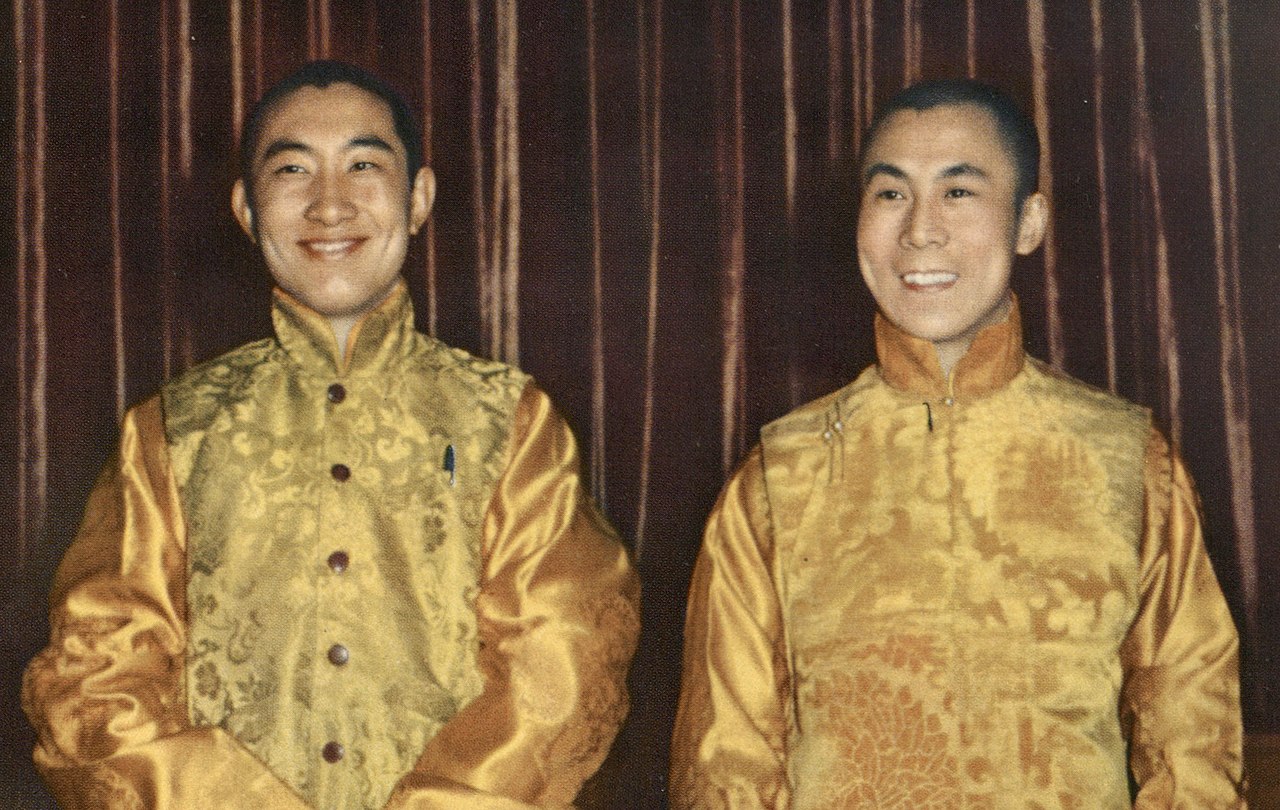
The latter here recognised Tibet as its territory and is now most bamboozling how they were even propagating and claiming this under the leadership of Chairman Mao who in the book “Red Star over China by Edgar Snow” mentions clearly how, during the Long March, the Chinese Communist Party (CCP) who then and even now govern China as a single political party, faced vicious attacks from the Tibetans while seeking shelter in these regions.
Does this not indicate how Tibetans even during that time – the 1930’s – were not under Chinese sovereign rule?
Ignoring all this, the CCP sent its military wing – the People’s Liberation Army (PLA) – into Tibet to annex it and this was carried out swiftly after independence, as by 1951 Tibet was annexed by Beijing with the 17 Point Agreement signed between Tibet and China (whereby the former was forced to sign under duress).
Throughout all this the Dalai Lama was coming of age, and his 1954 tour of Beijing for peace talks was thought to be a game changer for Tibetans, but Beijing viewed it as a way to further strengthen its foothold over Tibet.
The Dalai Lama then and even now placed Tibetans over himself and the 10th Panchen Lama (considered by Tibetans as the 2nd highest lama both spiritually and politically with him sharing a teacher-discipline relationship with the Dalai Lama that interchanges frequently).
The aftermath of all this was one that truly impacted the Dalai Lama who, in addition to being the political head at that time was also the spiritual leader of Tibet and was told in leaving Beijing, by Chairman Mao, that “Religion is Poison”.
The Dalai Lama whose saw the Chinese leadership bringing modernity and development to Tibet was stricken by this statement.
This symbolised how the great schisms between the two started, and gradually grew to an extent that Beijing now views him, and clearly states, that the Dalai Lama is a wolf hiding under the guise of a monk’s robes.
The Final Straw, & March Uprising
By 1959, the situation in Tibet had become dire, as the Tibetans were now freeing themselves of the illusion of the PLA and the CCP promises of liberating Tibet from feudalistic governance and ushering in development and modernity.
The people of Tibet started mobilising, and various protests and battles with the PLA ensued.
These battles even reached Lhasa, where the Chinese stronghold was firm, and it reached its climax when the Dalai Lama was invited to a cultural performance by the Chinese leadership. He was requested to come alone, without any of his usual troupes.
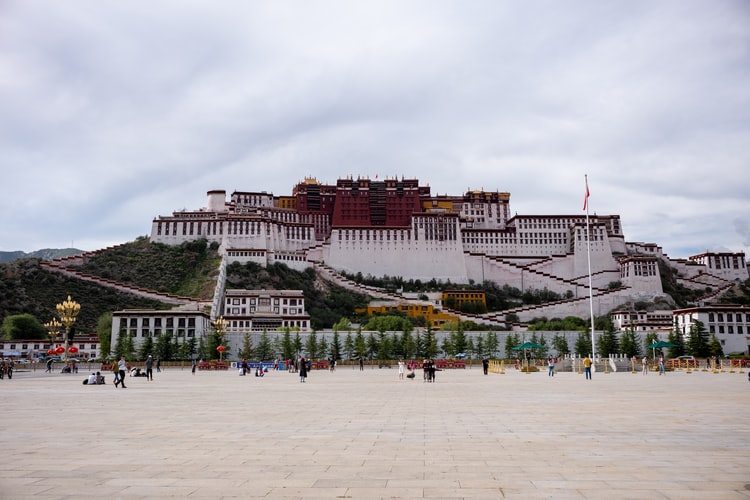
This information, when leaked to the public created great panic as they now alleged that the Chinese leadership was planning to assassinate the Dalai Lama.
They stormed through the gates of the capital and prevented the Dalai Lama from taking part in this event.
All this happened from the 10th of March (thus we Tibetans in exile commemorate this day as Uprising Day) and on the 15th, artillery shells were fired from the Chinese troops to disperse the crowd gathered outside the Norbulingka Summer Palace where the Dalai Lama resided during the summer months.
This was the last straw, and on the 17th of March the Dalai Lama, for his own safety and the future of Tibet and Tibetans was advised to leave his country and seek asylum.
After a harrowing escape that lasted nearly 14 days, the Dalai Lama entered India and was welcomed.
The world media were present on his arrival, and the famous media house British Pathe stated “India received the Dalai Lama after his flight from Tibet. India offered the God-king of Buddhism safe refuge from the Communist Chinese. The 23-year-old spiritual head of 500 million Buddhists throughout the far east confirmed that he was forced to leave his capital”.
The killing of our brothers and sister by the PLA, the unfulfilled promises made by Beijing, the statement by Chairman Mao “Religion is Poison”, unlawful signing of the 17 Point Agreement under duress, and efforts to assassinate and in turn mercilessly kill those protecting him through the use of artillery are just some of the many reasons that finally culminated in the Dalai Lama leaving his motherland, Tibet.
This journey into asylum that was granted by India when the Dalai Lama reached its border on March 30th signalled a new era for Tibetans who under his leadership would adopt a different approach towards resolving its conflict with Beijing.
Pt 2 will be released tomorrow – Saturday April 3rd
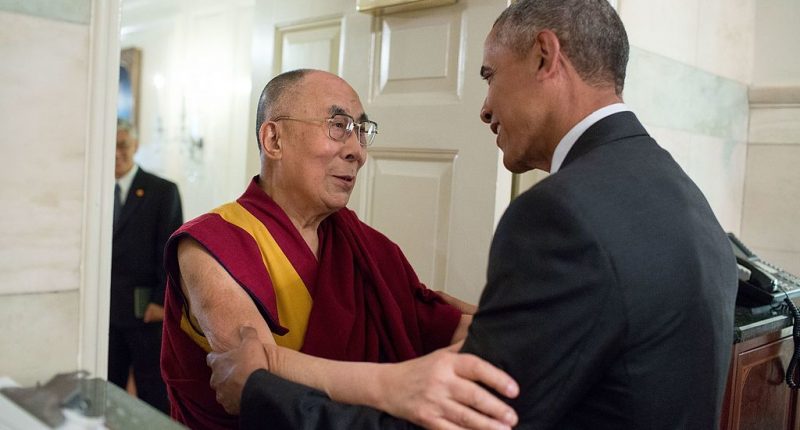

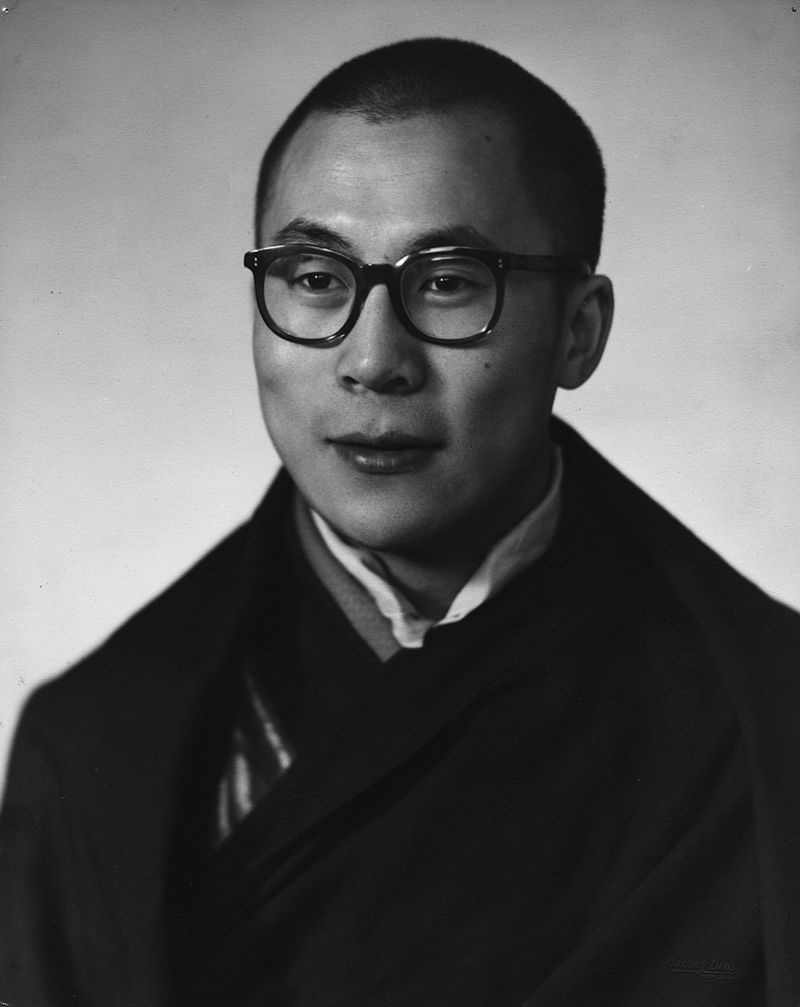
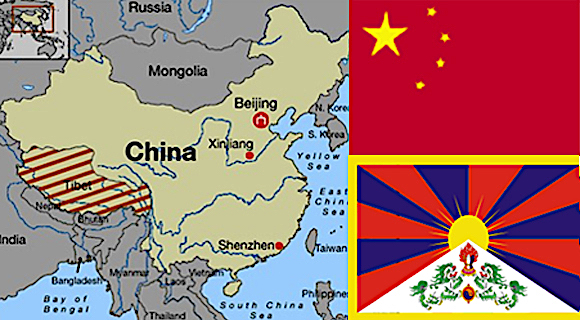

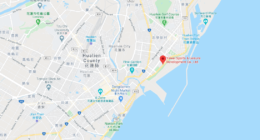
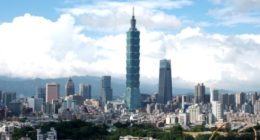


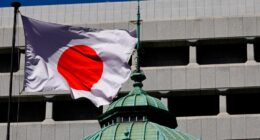


Comments are closed.